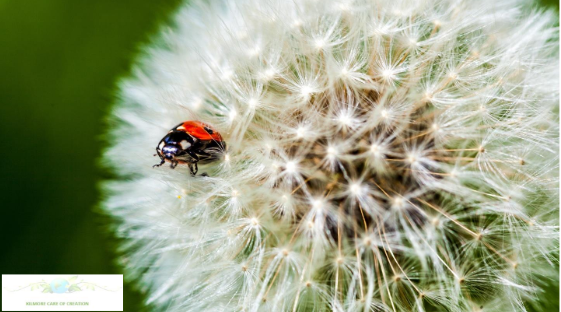Update on Cathedral Biodiversity Project
LAUDATO SI’ …
CATHEDRAL PARISH OF URNEY & ANNAGELLIFF, CAVAN …
KILMORE CARE OF CREATION AND YOU!
Society is enriched by a countless array of organisations which work to promote the common good and to defend the environment, whether natural or urban. Some, for example, show concern for a public place (a building, a fountain, an abandoned monument, a landscape, a square), and strive to protect, restore, improve or beautify it as something belonging to everyone. Around these community actions, relationships develop or are recovered and a new social fabric emerges. Thus, a community can break out of the indifference induced by consumerism. These actions cultivate a shared identity, with a story which can be remembered and handed on. …We live in a common home which God has entrusted to us. These community actions, when they express self-giving love, can also become intense spiritual experiences. (Laudato Si’ 231)
The Kilmore Care of Creation Group were back at the Cathedral of Saint Patrick and Saint Felim in Cavan on 8th May 2024. The grounds of the biodiversity area sown with wildflower seeds last autumn has had the opportunity to warm up and dry out over the last few weeks. The wildflower seedlings are underway. The heavy and often times torrential rainfall and flooding since last October has impacted some of the area so a light re-sowing will hopefully, give a more even and prolonged display.
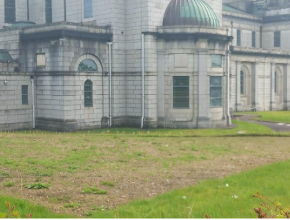
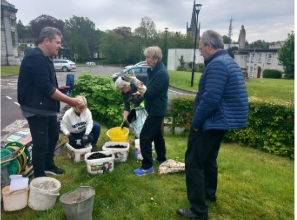
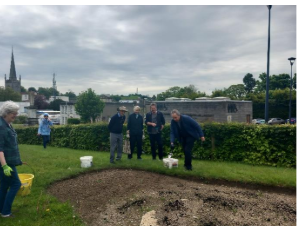
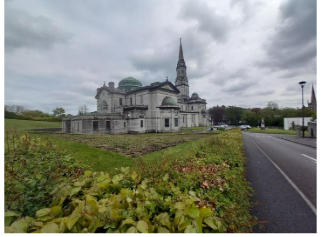
The first 3 years are considered to be the establishment years with the meadow becoming settled into its environment after that. We can expect the annual species to create an impressive display in year 1. Year 2 is generally dominated by oxeye daisy or wild carrot. Year 3+ the other perennials become more prominent with a varied display of colour at different stages throughout the summer, returning year after year. This is why it is important to sow Biennials during the summer months and in the first two years to ensure flowering every summer. After flowering, biennials will self-seed themselves around. This can also be a good opportunity to collect some seed. The wildflower area will require maintenance after flowering every autumn. This helps to remove dead and surplus growth which will help reduce the soil fertility and enable next year’s growth to flourish uninhibited.

